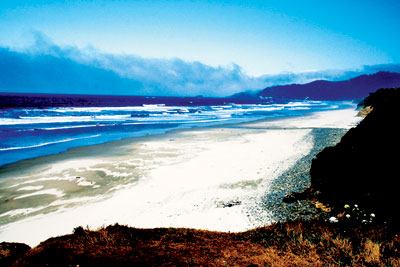All Nonfiction
- Bullying
- Books
- Academic
- Author Interviews
- Celebrity interviews
- College Articles
- College Essays
- Educator of the Year
- Heroes
- Interviews
- Memoir
- Personal Experience
- Sports
- Travel & Culture
All Opinions
- Bullying
- Current Events / Politics
- Discrimination
- Drugs / Alcohol / Smoking
- Entertainment / Celebrities
- Environment
- Love / Relationships
- Movies / Music / TV
- Pop Culture / Trends
- School / College
- Social Issues / Civics
- Spirituality / Religion
- Sports / Hobbies
All Hot Topics
- Bullying
- Community Service
- Environment
- Health
- Letters to the Editor
- Pride & Prejudice
- What Matters
- Back
Summer Guide
- Program Links
- Program Reviews
- Back
College Guide
- College Links
- College Reviews
- College Essays
- College Articles
- Back
Saving Our Oceans With Reefballs
I have spent much of my life in and around the ocean, splitting my time between Florida, Massachusetts, and Rhode Island.During our vacations, I usually found myself on a boat or snorkeling. In 2007, I had the opportunity to snorkel around the Great Barrier Reef and was stunned to see how much of the coral was bleached. Seeking a way to understand the problem, and to make a difference, I returned home and signed up for the year long New England Aquarium School. At the start of 2008 during one of my Sea Scout camp outs I had the opportunity to take part in a presentation on “Reefballs”. Reefballs are a type of specific type of artificial reef that is composed of a concrete composition, similar to the chemical make up of real like coral. Over the course of the next year using this knowledge I began to devise a plan to revitalize a reef. I began speaking with Todd Barber (Chairman of Reefball Foundation), Larry Beggs (President of Reefball Innovations), as well as DERM (Department of Environmental Resource Management) to learn more about reefball design. After multiple discussions we decided on creating another reef in Miami Florida at Oleta River State Park. I flew down to Florida to meet with the Park Supervisor to discuss the environmental needs of the park. During our discussions the supervisor agreed that the two previous reefball projects at Oleta had been been disappointing and the reefs were left languished. Through multiple dives, I investigated the existing reef structures and found that the two existing reefball projects lacked enough surface area to encourage coral development. The critical environmental challenge was to integrate these reefs into one combined, more effective structure. Through discussions with the Oleta River Park team, Miami-Dade DERM and the Reefball Foundation, we identified the most impactful location to place the new reef. After receiving approval for the project, I visited The HomeDepot and received of construction materials and Reefball Innovations to received donated molds. In February of 2010 I organized a group of Sea Scouts at Oleta River State Park to construct the reefballs. We built six 100lbs and one 150lbs reefballs and left them to cure for 5 months. We planned a SCUBA dive for June of that same year to deploy the reefballs. On our deployment date there was a large spill in the waters of Miami and because of safety precautions the dive was cancelled. Determined not to give up the next week after the waters had been cleaned and cleared for diving, I reorganized the Sea Scouts and cemented the reefballs underwater.
Although the project had been finished, I my passion for the ocean wasn’t. I ran information sessions with middle schoolers and other youths to energize them about helping rebuild reefs that had been destroyed by climate change. In January 2011, I returned to Oleta River State Park with a Marine Biologist to identify the impact of the new reefball structure. We were thrilled to see that in 7 just months the reef had begun to develop coral polyps and we were able to identify a tropical fish species that had not previously been seen in that area. We had done in just a few months which normally takes hundreds of years to achieve.

Similar Articles
JOIN THE DISCUSSION
This article has 0 comments.
